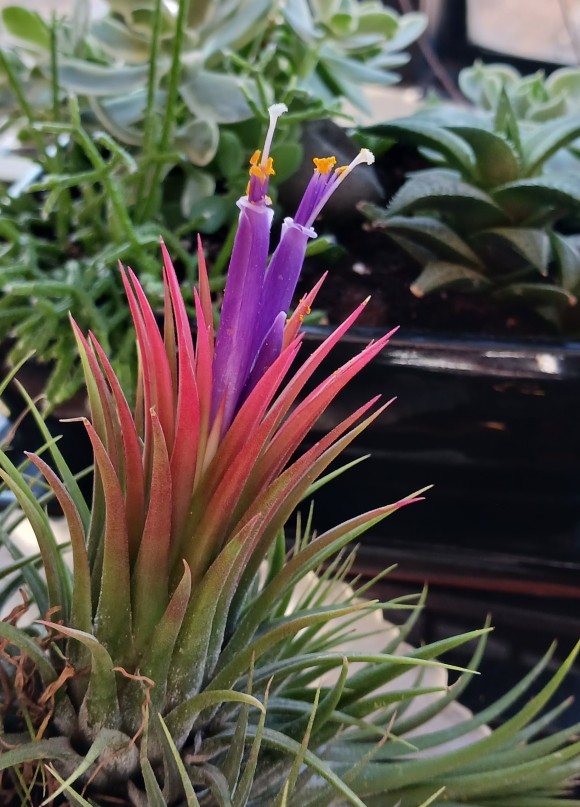
How do you write a novel? That’s a hard question, and I wish I knew the definitive answer — because I’m writing a novel right now. (I’m always writing a novel, in fact. Writing a novel is fun.)
But there’s no definitive answer. Generally, though, writers use one of two approaches: plotter or pantser, sometimes called architect or gardener. Some writers plan and outline their writing projects, while others just start writing and see what grows.
I began my writing career as a newspaper reporter. In that job, you needed to be a plotter/architect. You’d gather up all there was to know for your article, or at least everything you could learn before deadline, and then try to force that information into some sort of logical sequence. You needed an explicit plan before you started writing.
I used to create fiction the same way, but I’m not the perfect plotter in fiction. I don’t need to know everything before I start writing. However, I’ve become convinced that if you don’t have a goal in mind when you start to write, you might arrive at a place not worth the trip.
So I’ve adjusted the way I write fiction in two ways. First, I’ve adopted the “zero draft” strategy: The initial version doesn’t even count as a first draft. It’s all an experiment. I view it as a way to collect the kinds of facts and quotes I would have on hand to write a newspaper article. It’s where I do the research. The result doesn’t even have to be particularly coherent. That will come later in the rewriting.
Second, I have a minimalist plot. I know vaguely what happens and how it all ends (presuming I don’t get a better idea along the way). When I was writing the novel Semiosis, my outline was a sentence or two for each chapter.
For example, Chapter 5: “The colonists in the city find a way to meet the other aliens, and it goes badly.” Chapter 6: “The other aliens come to the city. It goes very, very badly.”
What did I mean by that? Well, I had to figure it out. Or rather, as I wrote Chapters 1 to 4, I knew I had to set up the situation in which the meeting and return visit would happen. At some point, the colonists needed to know where to find those other aliens, and the aliens needed to want to come to the city. I needed to set traps that could be sprung to make things go badly — very, very badly.
(I think I’m a reasonably nice person, but when I start typing, somehow I wind up killing people. Sometimes a lot of people. If you value your life, stay out of my imagination.)
I seem to have found the best of both worlds: When I start to write, I do have a plot of sorts. Like a gardener, I can see what blooms and pull up the weeds that sprout in the process. Like an architect, I can test-model a concept before I begin final construction. Along the way, I can design a beautiful city and plant seeds that will grow into murderous flowers.